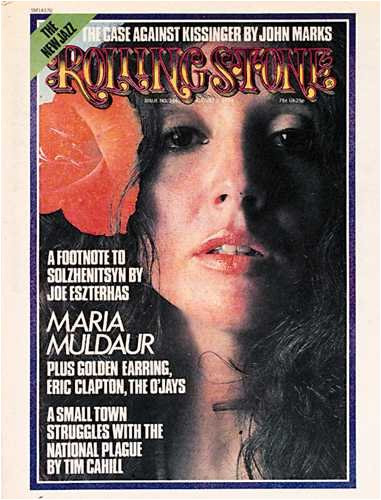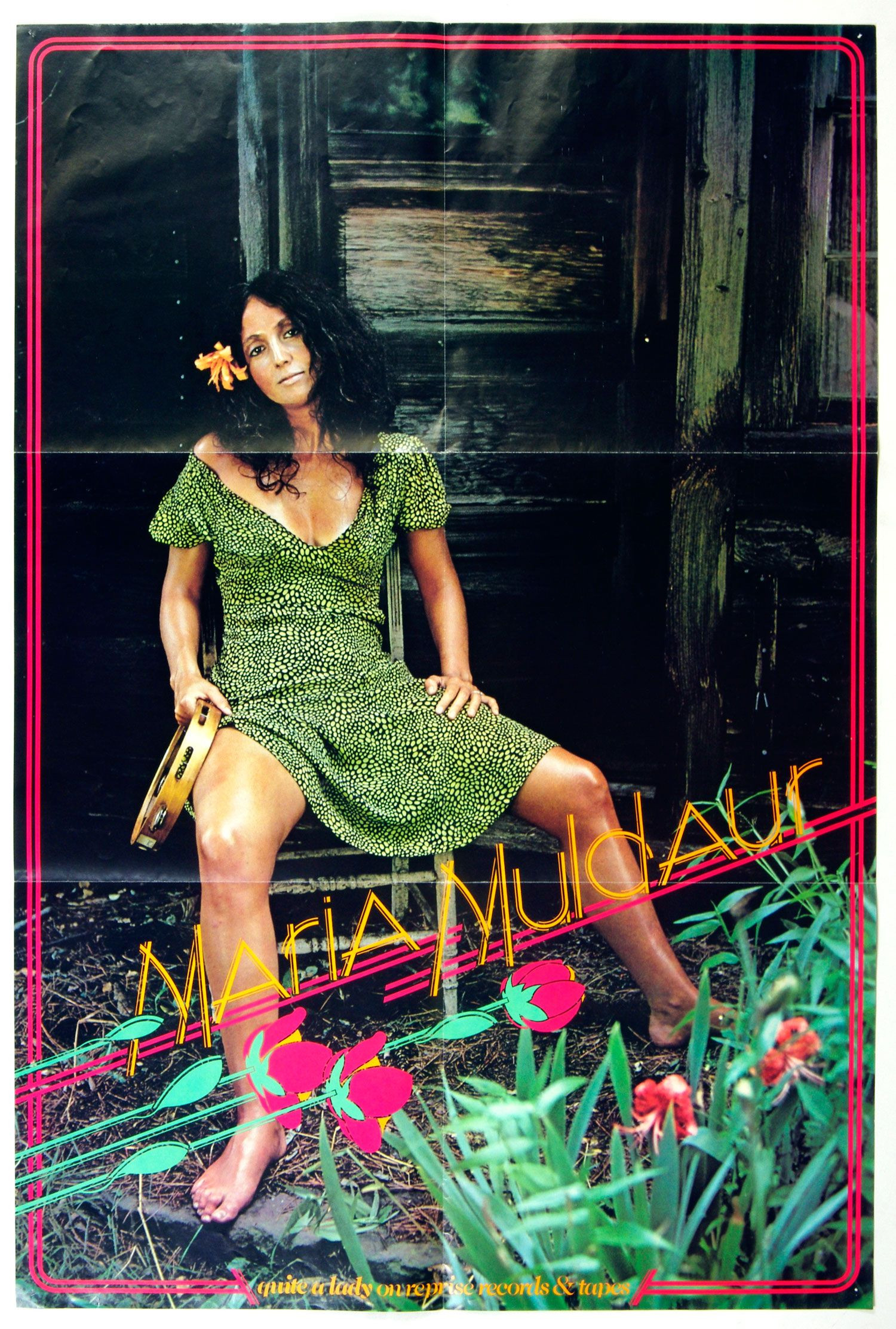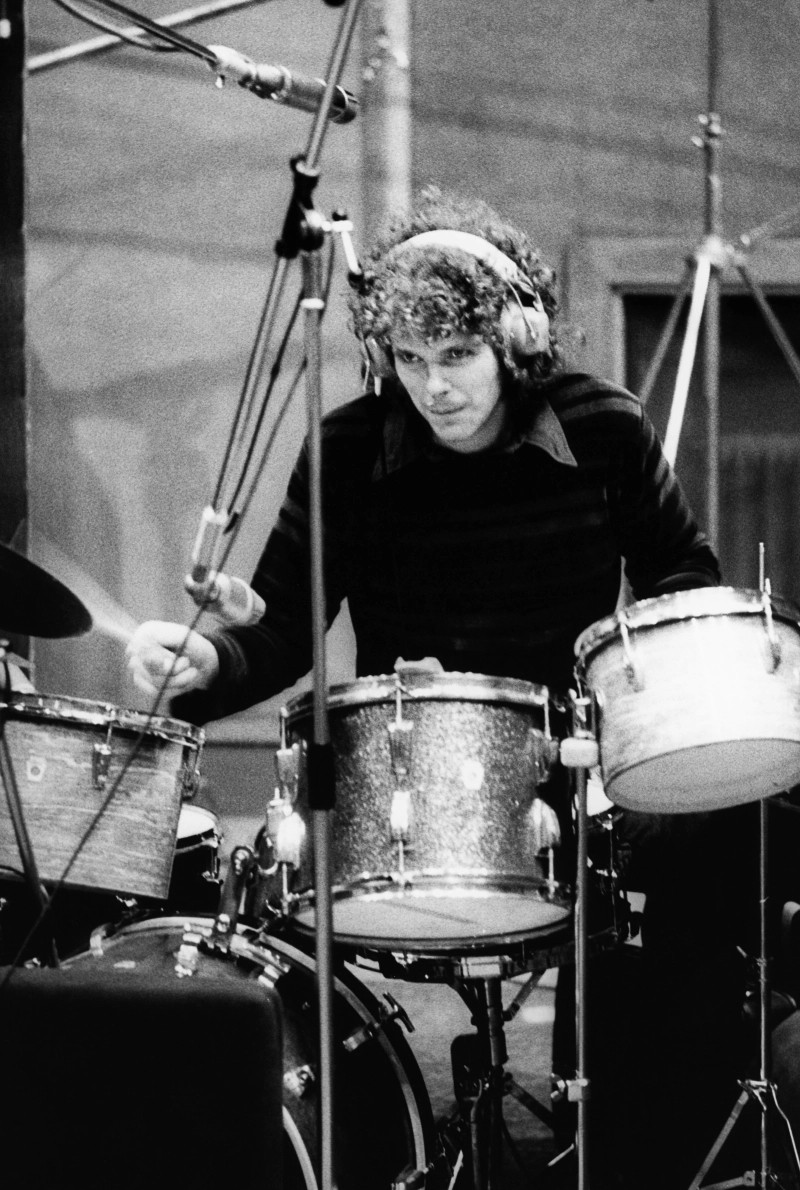Maria Muldaur’s “Midnight at the Oasis” is one of those songs that feels like it has always existed. It emerges from the collective musical consciousness, instantly familiar yet perpetually enchanting. This track, with its sultry melody and evocative lyrics, became Muldaur’s signature tune and a defining sound of the 1970s.
 Maria Muldaur performing live, capturing the essence of the 'Midnight at the Oasis' song era.
Maria Muldaur performing live, capturing the essence of the 'Midnight at the Oasis' song era.
While Muldaur had been a part of the Greenwich Village folk scene alongside Bob Dylan under her birth name Maria D’Amato, it was her self-titled debut album in 1973 that catapulted her into mainstream recognition. “Midnight at the Oasis,” the standout track, painted a vivid sonic picture that resonated deeply with audiences.
 Maria Muldaur in 1974, the year 'Midnight at the Oasis' became a hit, showcasing her iconic 70s style.
Maria Muldaur in 1974, the year 'Midnight at the Oasis' became a hit, showcasing her iconic 70s style.
The song’s allure lies in its exotic desert setting and playful romantic narrative. It tells a story of a clandestine rendezvous under the stars, where the female voice is confidently in control, inviting her lover into a world of sensual delight: “I’ll be your belly dancer, prancer. And you can be my sheik.” This lyrical boldness, combined with Muldaur’s distinctive vocal delivery, made the song both alluring and empowering. Anecdotally, “Midnight at the Oasis,” alongside hits from Barry White, Donna Summer, and Marvin Gaye, is often humorously cited as a soundtrack to the 70s baby boom, underscoring its sensual and evocative nature.
Beyond the captivating lyrics, the musical arrangement of “Midnight at the Oasis” is exquisitely crafted. It features top-tier session musicians who bring a level of polish and groove that elevates the song to timeless status. Drummer Jim Gordon is particularly lauded by Muldaur for creating the song’s infectious rhythm.
 Jim Gordon, the drummer behind the groove of 'Midnight at the Oasis', pictured during his successful music career.
Jim Gordon, the drummer behind the groove of 'Midnight at the Oasis', pictured during his successful music career.
Gordon’s impressive resume includes iconic tracks like “Layla” with Derek and the Dominos, George Harrison’s “My Sweet Lord,” and Steely Dan’s “Rikki Don’t Lose That Number,” showcasing his immense talent and versatility. However, his later life was tragically overshadowed by mental illness, leading to a conviction in 1984 for the death of his mother. At the time of “Midnight at the Oasis”‘s recording, Gordon was unknowingly suffering from acute schizophrenia, a condition diagnosed after his arrest, adding a poignant layer to the song’s history.
“Midnight at the Oasis” achieved significant chart success in 1974, reaching the Top 10 in the US and enjoying popularity in Canada and Australia. While it only briefly entered the UK Top 30, it became a radio staple, transcending genre boundaries and appealing to diverse musical tastes. It remains Muldaur’s sole UK chart entry, solidifying its status as her signature song.
Maria Muldaur’s career extends far beyond this iconic hit. She has released nearly 40 albums, exploring genres from blues and jazz to folk and ragtime. She has collaborated with notable artists such as The Doobie Brothers, Linda Ronstadt, and Elvin Bishop, and toured extensively with the Grateful Dead, both as an opening act and backing vocalist. Her enduring passion for music is evident in her continued recording and performing, with her most recent album, a jazz/ragtime project, released in 2021.
The enduring appeal of “Midnight at the Oasis” is further demonstrated by the numerous cover versions it has inspired. The most notable is the 1994 acid-jazz rendition by Brand New Heavies, which ironically achieved greater chart success in the UK than Muldaur’s original, introducing the song to a new generation.
Reflecting on the song’s unexpected journey to fame, Muldaur has shared that “Midnight at the Oasis” was a last-minute addition to her debut album. Initially considered an “album filler” to complete the recording session, it ironically became her defining hit. Even today, Maria Muldaur, at 78, continues to perform “Midnight at the Oasis” at every concert, embracing its legacy and ensuring each performance is a unique and evolving experience, proving the timeless magic of this desert serenade.

